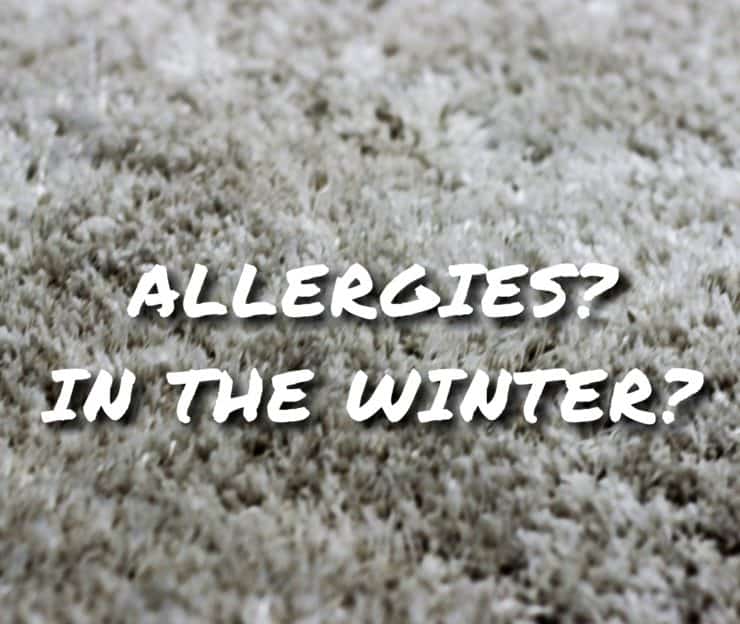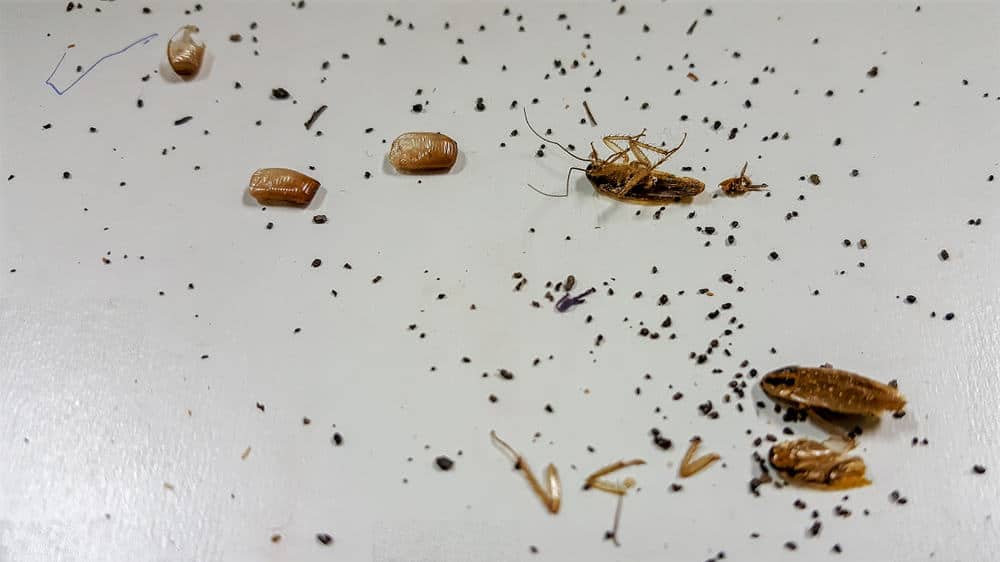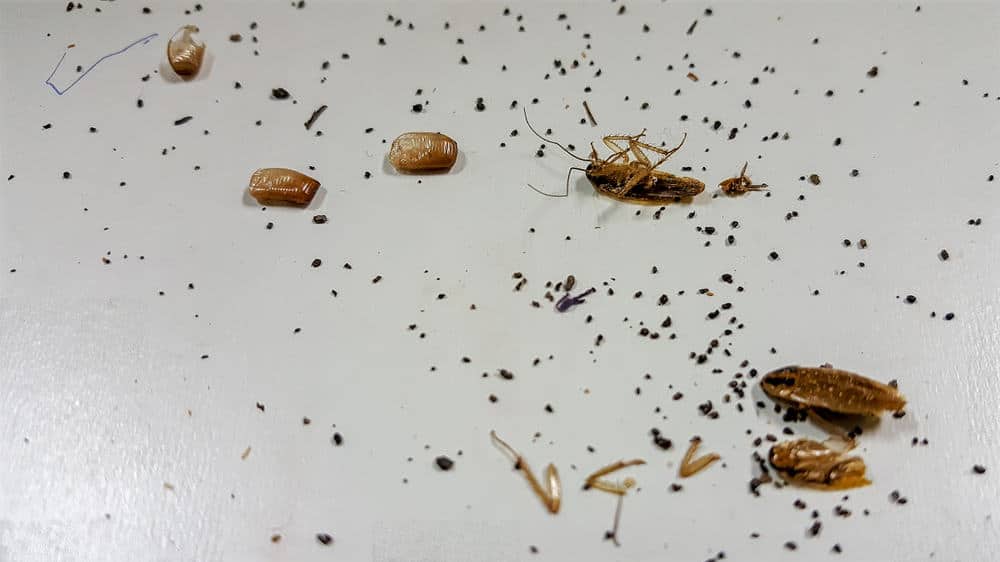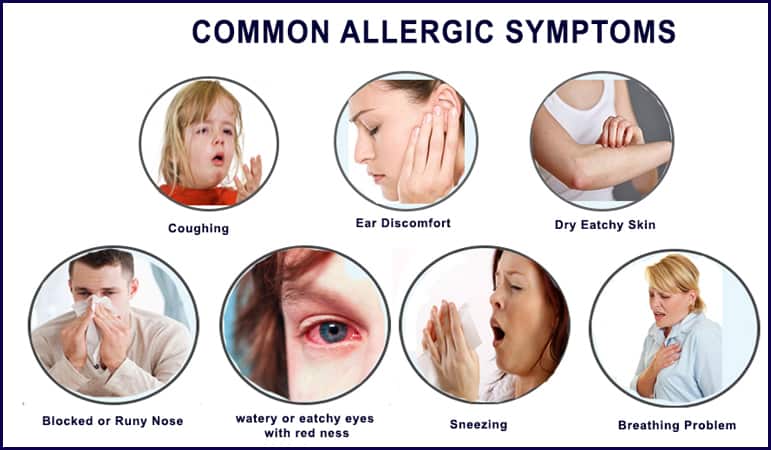
In India, we normally feel that Winter is the best season in all its way. As the thermometer drops down and there is the pleasant and cold weather outside and that s why we like to spend more time inside and give exposure to certain winter allergens.
People think that allergies occur in only particular seasons but it is not the case. As it might happen when the surrounding is cool and nice too.
Here, I will summarise types of winter allergies and its possible preventive measures.
What are the common causes of allergies in these cold months?
Mold

The most favorable environment for mold growth is the damp or wet, humid areas like basements, leaky pipes or bathrooms. The outdoor environment also promotes their growth and they are the most active in releasing their spores from September to October. The allergy gets triggered off when their spores get transmitted into the air.
Dust mites

These microscopic bugs found in your bedding accessories like mattresses and under the bedding too.if you already allergic to dust mites, then symptoms get more worsen during winter. Their dead body, poop gets into household dust and when their droppings become airborne give allergic reactions.
Dust mites also love similar conditions as mold means warm and damp. Vacuuming the home and use of a dehumidifier on time are only can clear up the trouble.
Pet Dander

The dander of dogs or cats largely found inside of the house such as carpets, beds, upholstery. During winter, we and our pets prefer to stay inside thus your place doesn’t get proper ventilation and this will encourage the chances of allergies. Because dander gets into household dust and sticks to many surfaces inside which makes a person more susceptible to allergy. Try to keep your pets out of your bedroom and not allow them to sit on couches.
Wool

We carry knitted jerseys, scarves and beanies to fight off the cold but they might irritate the skin. Many people start getting red itchy bumps or dermatitis while wearing woolen clothing as they are sensitive to the coarse texture of the wool and containing additional chemicals too. Therefore be careful while shopping and choose the wool clothing made up of synthetic wool, cotton or other materials.
Cockroach Droppings

These mostly found in the kitchen means kitchen cupboards, sinks and behind appliances. Damp weather, leaving out food and crumbs thrive their growth.
the various symptoms the body shows when you get exposed to winter allergens.
Winter allergies have easily identified symptoms those are as follows:

Coughing:
Due to the airborne allergens which go into the nasal tract and induce allergic reactions which makes you coughing the whole day.
Conjunctivitis:
This is characterized by the redness of the eyes and itching. The disease is not contagious but the most commonly occurring during winter and cause cough and runny nose.
Allergic Shiners:
This one type of allergy occurring during the winter season and presented as dark circles under the eyes.As increased blood flow near the sinuses and cause conjunctivitis as well.
Other symptoms also an individual may experience such as ear and throat itching shortness of breathing as the clogged nose, sneezing, skin rashes, vomiting, etc. Some experience these symptoms along with severe cold and low-grade fever.
Winter allergens may also show some disruptive symptoms relating to asthma such as /The situation might be worst if the patient is asthmatic then symptoms are as following :
Chest tightness
Feeling exhausted, anxious
Rapid breathing
Wheezing while breathing.
Different medical treatment options and precautions to avoid allergens
Winter allergies can be treated at home but can also opt for medicines if the symptoms are severe. Following are the medications which help effectively to treat the condition:

Antihistamine:
These OTC drugs work by blocking the release of histamine during an allergic reaction and medicines such as cetirizine, fexofenadine, loratadine help by relieving the sneezing, itching, etc. Also, the decongestant drugs treat the condition by clearing the mucus to ease the congestion and swelling.
Immunotherapy:
The treatment is recommended if the person is sensitive to particular allergens if any. This is the long term preventive treatment for allergic reactions to substances such as grass pollens, bee venom, house dust mites, etc. In this therapy, a gradually increasing dose of allergen is given to which the person is allergic. This incremental increase of the allergen makes the person less sensitive to the allergen by causing the blocking of the antibody also even when the same allergens encountered in the future. The treatment reduces the symptoms of rhinitis and asthma too.
Nasal irrigation treatment:
The therapy works by passing distilled water into a nasal passage using a neti pot to clear out allergens.
Nasal Sprays:
The prescription steroid drugs like fluticasone, triamcinolone can relieve the symptoms like a runny nose.
Indoor allergens risk can be minimized by following underline tips
Vaccum the home regularly possibly using HEPA filters to remove most of the dust particles.
Replace the carpets with tile, wood or linoleum.
Clean up the leftovers in the kitchen or dining area after finishing the eatery.
Fix any leaks in the pipes, bathrooms, basement to stop the buildup of moisture in the wall as this is the most favorable for the growth of mold, dust mites to thrive.
Seal the cracks in the walls, doors to avoid the air coming inside or roaches can get in.
Try to make your pets stay outside and make sure to bath them at least once in a week to minimize the presence of dander in their skin.
Cover up the bedding such as pillows, mattresses to keep dust mites out.
Wash up your clothes timely in hot water to reduce dander and dust mite build up.
A dehumidifier can also be used to reduce moisture inside. There should be 30 -50 percent of humidity inside.
Clean the area of mold growth with 5 percent of bleach solution.







